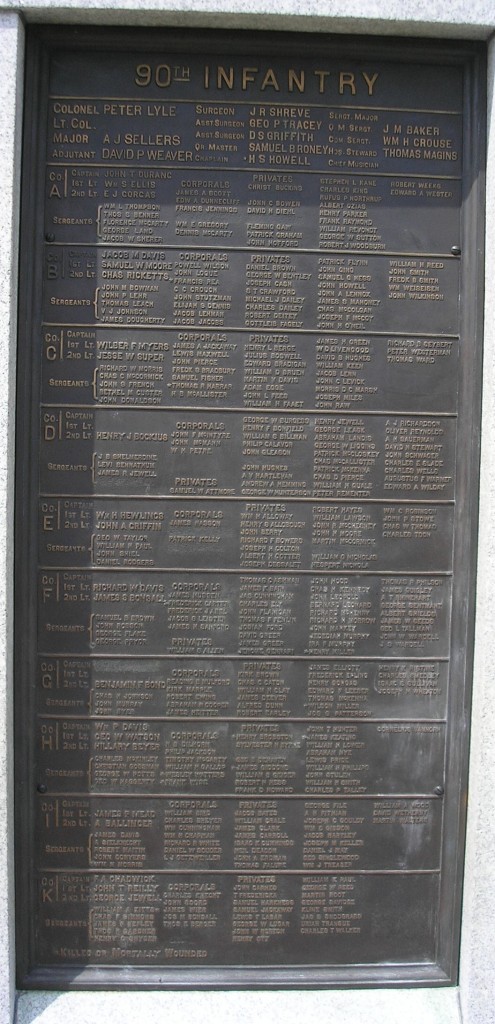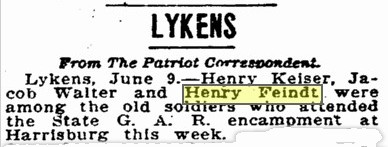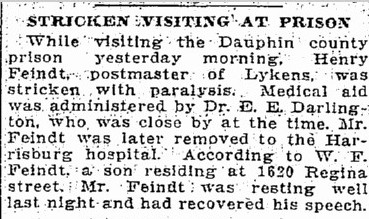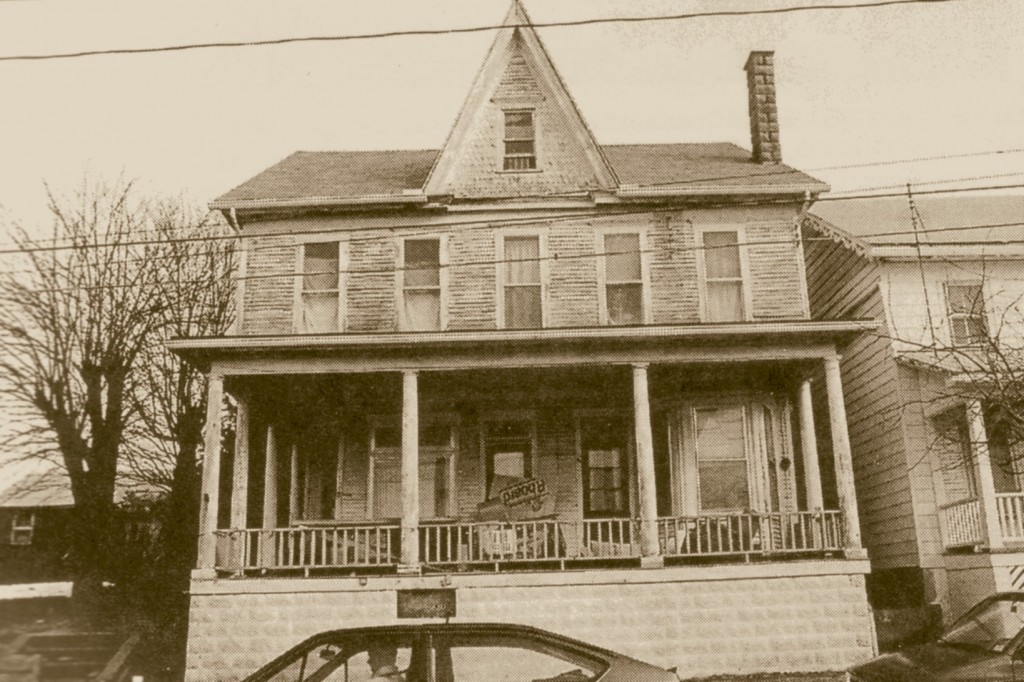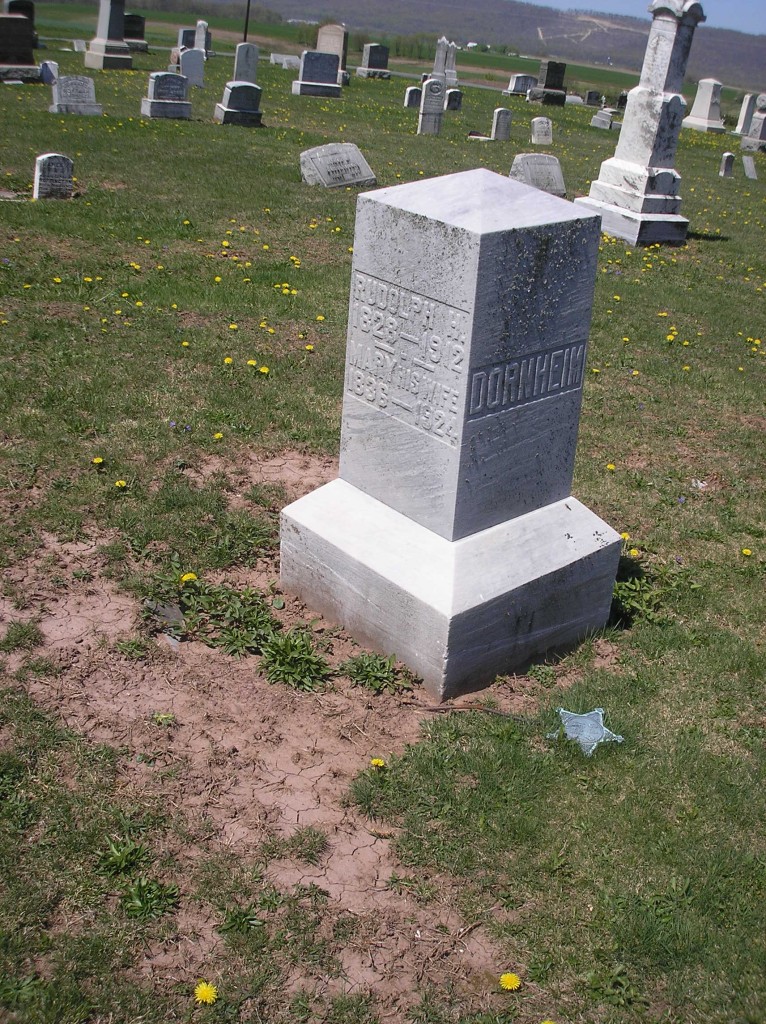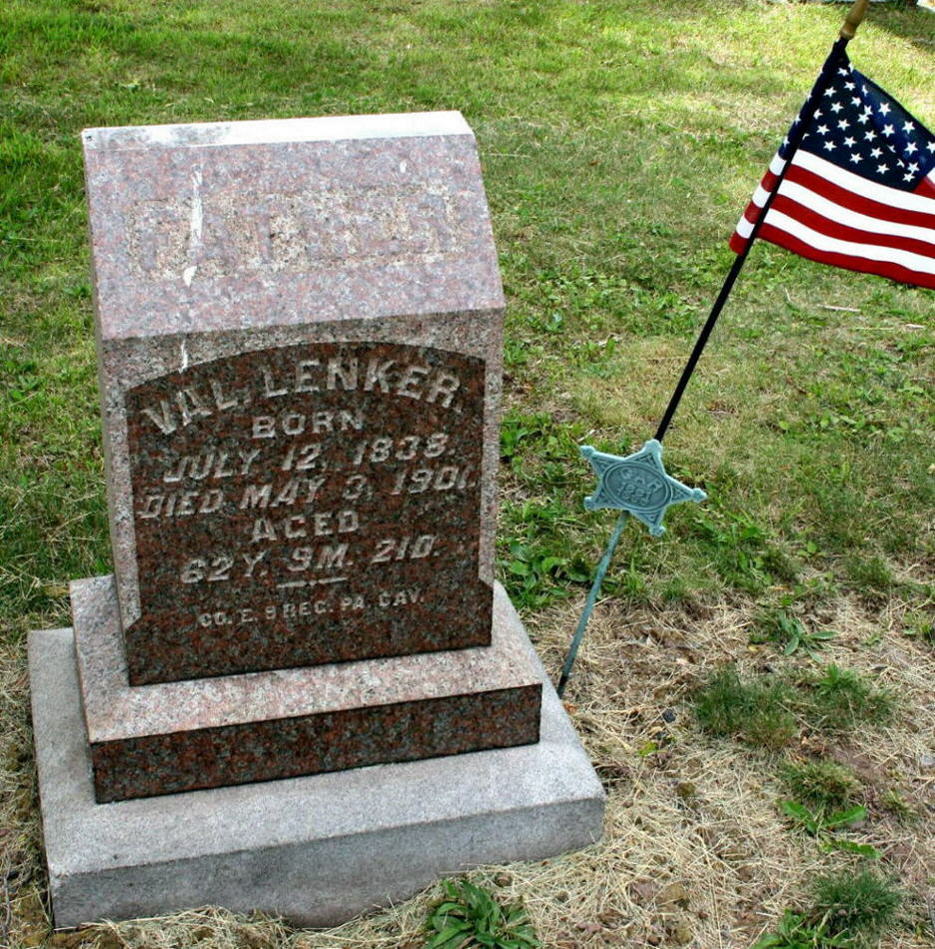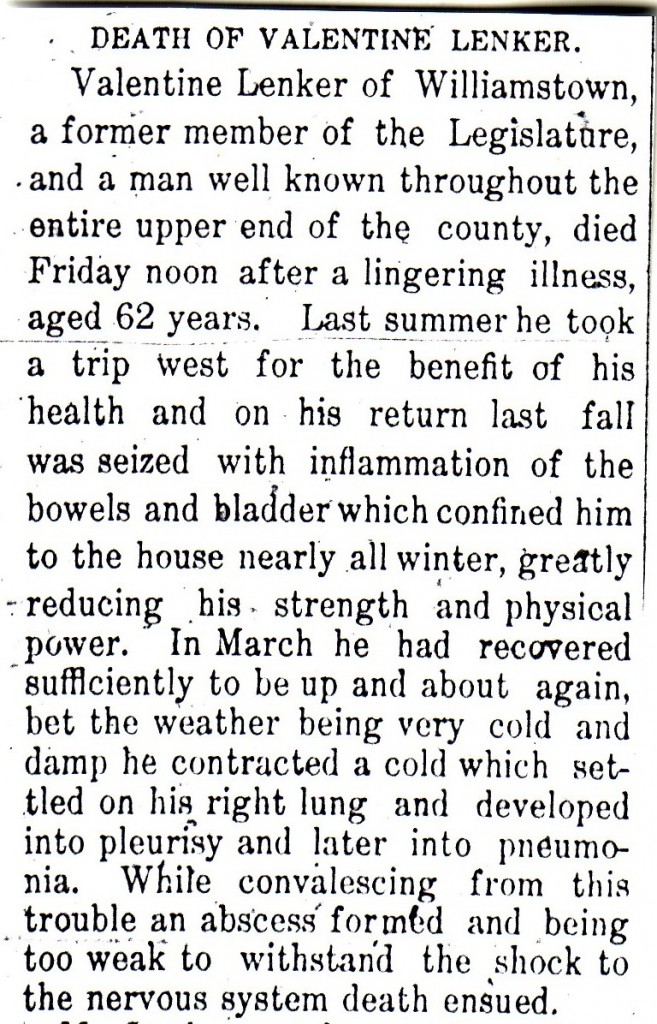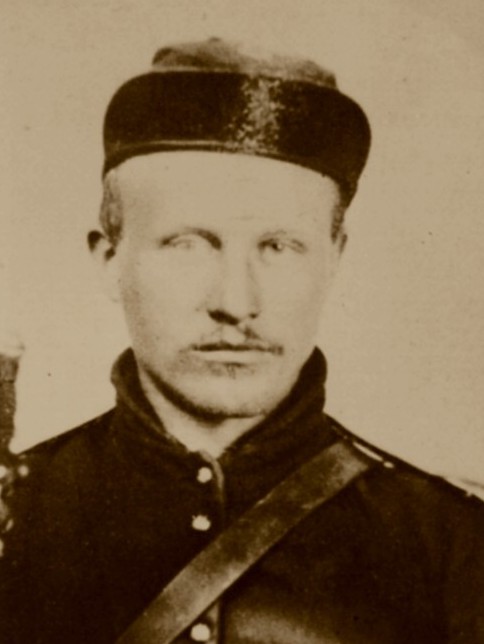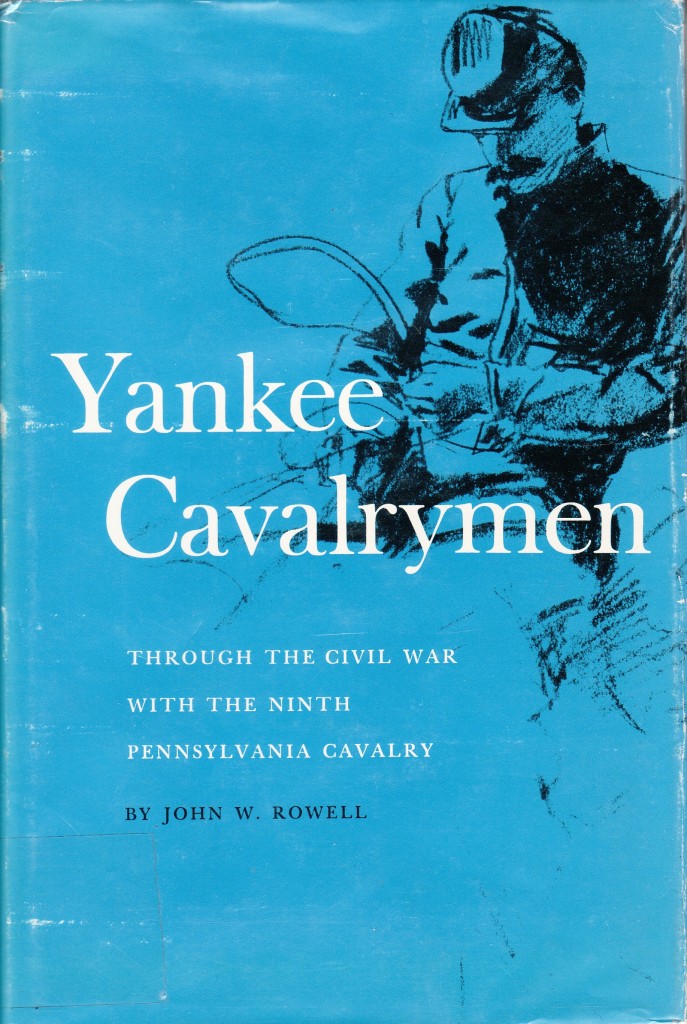90th Pennsylvania Infantry – Pennsylvania Memorial at Gettysburg
Posted By Norman Gasbarro on August 30, 2011
(Part 66 of an ongoing series on the Battle of Gettysburg). Around the base of the Pennsylvania Memorial at Gettysburg are a series of plaques which, by regiment and company, note the names of every soldier who was present at the Battle of Gettysburg. This post will present the plaque recognizing the men who served in the 90th Pennsylvania Infantry. By clicking on the plaque it should enlarge so the names can be more clearly read. Following the plaque is a list of the men who have thus far been identified as eligible for inclusion in this Civil War Research Project who, it is believed, served for a time in the 90th Pennsylvania Infantry . Not all the names may appear on the Pennsylvania Memorial plaques. If a name does not appear, it could be that the soldier did serve in the 90th Pennsylvania Infantry, but was not part of the regiment during its days at Gettysburg – or it could mean that the soldier was erroneous included in the 90th Pennsylvania Infantry list. There could also be errors on the plaque. Readers are invited to submit comments about any names appearing below, or on the plaque, especially if they believe the soldier was from the Lykens Valley area and should be included in this study.
Men from the Lykens Valley area who probably served in the 90th Pennsylvania Infantry :
Note: At the present time, no veterans from the Lykens Valley area have been identified in this regiment. Since research is still being conducted to determine the Civil War regiments in which many of the Lykens Valley area veterans served, it is possible that some names will be added in the future. Research is on-going and corrections and additions are always welcome. Readers are invited to submit comments about any veteran found on this plaque, whether or not they have a connection to the Lykens Valley area. Click here for map.
Information for this post was taken from the files of the Civil War Research Project. A separate digital file is kept on each soldier who is included in the list of veterans. Information is sought on any men from the Lykens Valley area who were soldiers or sailors during the Civil War.
 ;
;
